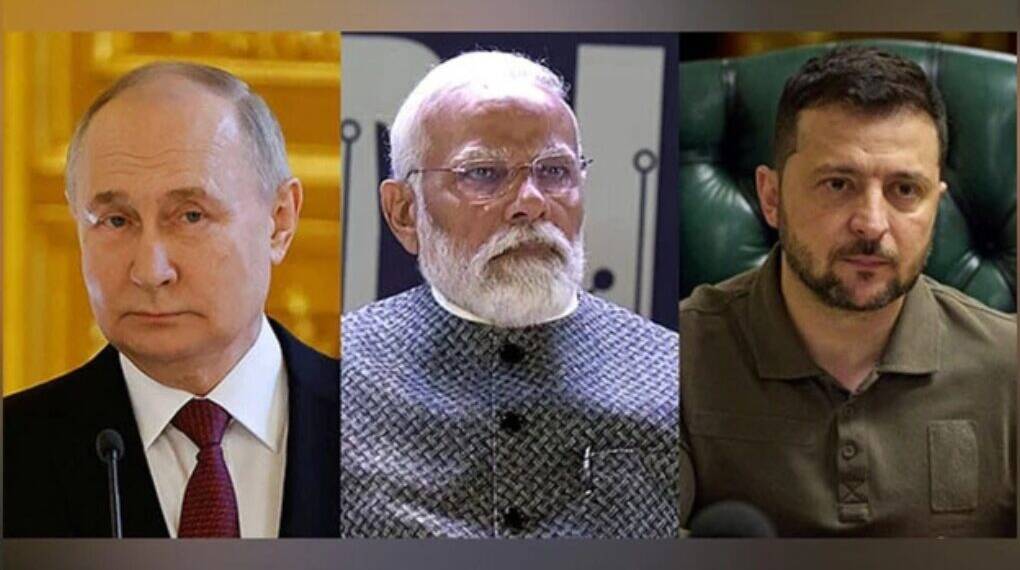In a twist of global geopolitics, India has quietly become Ukraine’s largest supplier of diesel fuel, even as Washington slaps punitive tariffs on New Delhi for purchasing Russian crude.
The irony is striking while U.S. President Donald Trump accuses India of bankrolling Moscow’s war machine, Ukrainian tanks may be running on diesel refined in Indian facilities — from Russian-origin oil itself.
India’s Rise in Ukraine’s Energy Market
According to Ukrainian oil analytics firm NaftoRynok, India accounted for 15.5% of Ukraine’s diesel imports in July 2025. That translates to around 2,700 tons of fuel shipped daily — more than 83,000 tons in just a month. The surge is remarkable given that a year earlier, India’s share was barely 2%. In the first seven months of this year, India’s overall contribution has already crossed the 10% threshold, placing it ahead of Slovakia, Greece, Turkey, and Lithuania as Ukraine’s number one diesel supplier.
For a country engaged in a grinding war, fuel is not just a commodity but a lifeline. Diesel powers military vehicles, logistics, and reconstruction efforts. Ukraine’s increasing reliance on Indian supplies underscores the depth of India’s integration into the conflict’s economic undercurrents.
How the Supply Chain Works?
Most shipments reach Ukraine indirectly. Tankers carrying Indian-refined diesel unload at Romania’s Danube ports or at Turkey’s Opet terminal, from where the fuel flows onward into Ukraine. Analysts believe some of this fuel is refined from Russian-origin crude that India has been importing in record quantities since 2022. If accurate, the paradox is hard to ignore: Russian oil, refined in India, is sustaining Ukraine’s war effort against Moscow.
Washington’s Trade Offensive
Even as this trade expanded, the Trump administration escalated its pressure campaign against India. In early August, Washington doubled tariffs on Indian goods to 50%, accusing New Delhi of “funding Putin’s war.” Soon after, another 25% levy was imposed. Treasury Secretary Scott Bessent branded India “recalcitrant,” while Trump adviser Peter Navarro went so far as to call the Ukraine conflict “Modi’s war.”
New Delhi rejected the charges as unfair and politically motivated. Commerce Minister Piyush Goyal denounced the tariffs as unilateral, while Indian business leaders, including Maruti Suzuki’s chairman, urged resilience in the face of U.S. economic coercion.
Backlash and Contradictions
The contradictions in Washington’s stance have not gone unnoticed. While the U.S. penalizes India, Ukraine — heavily dependent on Western aid — is literally running its war economy on Indian diesel. The American Jewish Committee criticized Trump’s measures as counterproductive, emphasizing India’s status as a democratic ally and a crucial global partner.
Former U.S. envoy to India Eric Garcetti added another layer of irony, revealing that two years earlier, the Biden administration had encouraged India to buy Russian oil to disrupt global energy markets and weaken Moscow’s leverage.
The Bigger Picture
Russia remains a critical supplier, accounting for nearly 10% of global oil output. Analysts warn that if India were to halt purchases under U.S. pressure, prices could skyrocket to as high as $200 per barrel, triggering economic chaos worldwide. By continuing to import and refine Russian crude, India plays a stabilizing role in global markets, while also enhancing its own strategic leverage.
This dual position — as both a buyer of Russian oil and a supplier of refined products to Europe, the U.S., and even Ukraine — underscores India’s practice of “strategic autonomy.” Rather than siding fully with Washington or Moscow, New Delhi is carefully maneuvering to maximize its geopolitical influence.
The episode highlights the layered contradictions of today’s energy geopolitics. U.S. tariffs aim to punish India for buying Russian crude, while Ukrainian soldiers fight a war fueled partly by Indian diesel. India, far from being cornered, has positioned itself as indispensable to all sides — simultaneously engaging with Russia, stabilizing global oil flows, and supplying Ukraine.
Geopolitics rarely conforms to neat binaries of friend and foe. In this case, oil has blurred the lines between adversaries and allies, and India has leveraged that ambiguity into a strategic advantage.








